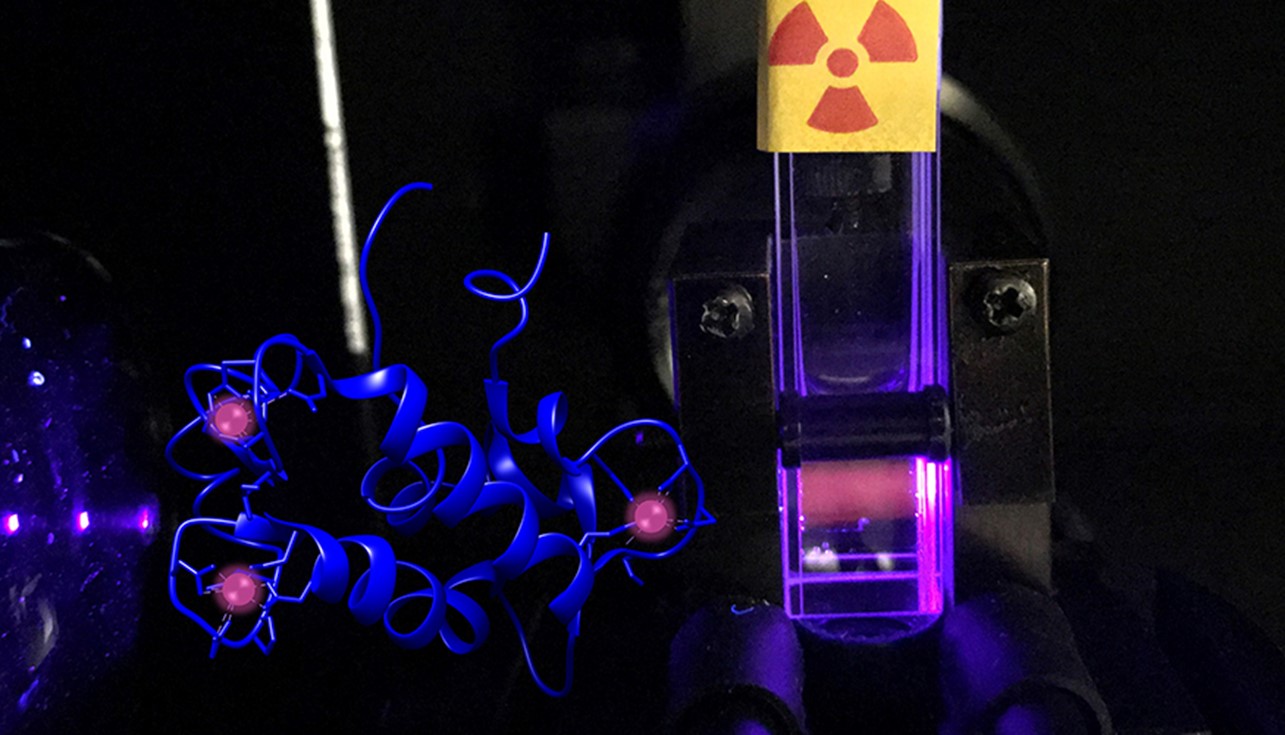A cross-section of an eVinci microreactor at the eVinci Technology Hub in Etna, Pa. (Photo: Westinghouse)
Penn State and Westinghouse Electric Company are working together to site a new research reactor on Penn State’s University Park, Pa., campus: Westinghouse’s eVinci, a HALEU TRISO-fueled sodium heat-pipe reactor. Penn State has announced that it submitted a letter of intent to host and operate an eVinci reactor to the Nuclear Regulatory Commission on February 28 and plans to engage with the NRC on specific siting decisions. Penn State already boasts the Breazeale reactor, which began operating in 1955 as the first licensed research reactor at a university in the United States. At 70, the Breazeale reactor is still in operation.
The Penn State RSEC recently received a SANS device. (Photo: Poornima Tomy/Penn State)
Staff and researchers at Penn State’s Radiation Science and Engineering Center (RSEC) will work this year to install a small angle neutron scattering (SANS) device and become the first and only U.S. university research reactor to host SANS capability. The $9.8 million device, donated by Helmholtz Zentrum Berlin (HZB) in Germany, will help researchers determine the structure of organic materials such as polymers, complex fluids, and biomolecules.
Concept art of the eVinci accelerator hub, soon to be home to engineering and licensing operations, testing, prototype trials, business development, and sales. (Image: Westinghouse)
To help speed up commercialization of its eVinci microreactor, Westinghouse Electric Company this week launched a new design and manufacturing facility for the project near downtown Pittsburgh, Pa. Located in the borough of Etna, the 87,000-square-foot eVinci “accelerator hub” will be home to engineering and licensing operations, testing, prototype trials, business development, and sales, Westinghouse said in an October 24 announcement, adding that the facility will include manufacturing space for producing the “innovative heat pipes that are central to the eVinci technology.”
The TRIGA shipment was received September 27. (Photo: Kate Myers/Penn State)
Penn State’s Radiation Science and Engineering Center (RSEC) has received the first new TRIGA fuel shipped to the United States since 2012, the university announced on September 28. The fuel reached University Park, Pa., on September 27 and is destined for RSEC’s Breazeale Reactor, the nation’s longest continuously operating university research reactor.
LLNL and Penn State researchers developed a new approach to study and purify medical isotopes, including actinium. (Image: Thomas Reason/LLNL)
Scientists at Lawrence Livermore National Laboratory and Pennsylvania State University have demonstrated that a natural protein found bonded to rare earth elements can be recovered and used as a tool to purify and effectively manage radioactive metals that show promise for cancer therapy and the detection of illicit nuclear activities.
During a fluorescence spectroscopy experiment at LLNL, the protein lanmodulin makes radioactive curium glow when exposed to UV light in the sample to the right. The schematic (left) represents the structure of the curium-protein complex, with three curium atoms bound per molecule of protein. (Photo: LLNL)
Scientists at Lawrence Livermore National Laboratory, working in collaboration with researchers at Penn State University and Harvard Medical School, have discovered a new mechanism by which radionuclides could spread in the environment.
The research, which has implications for nuclear waste management and environmental chemistry, was published in the Journal of the American Chemical Society on September 20.
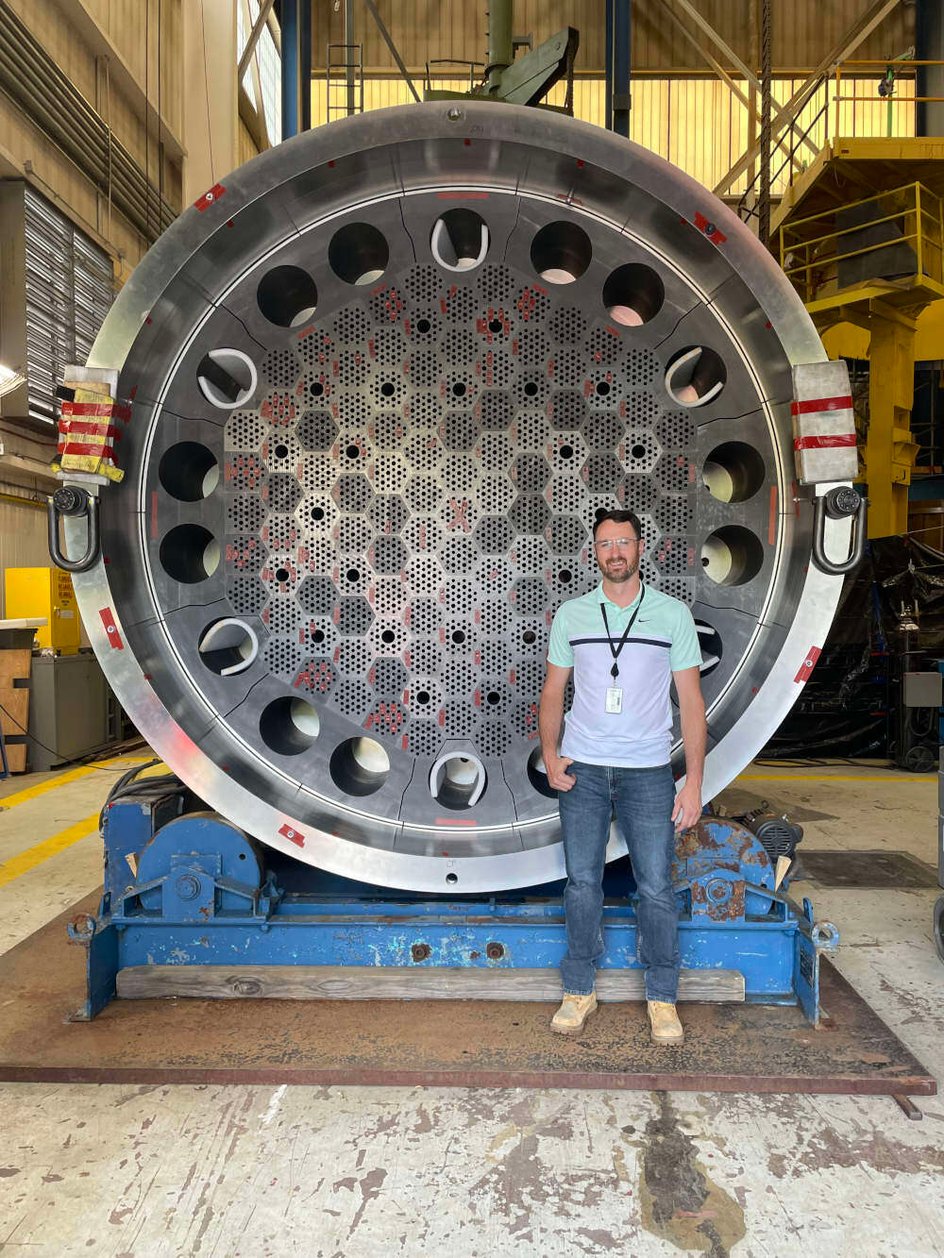





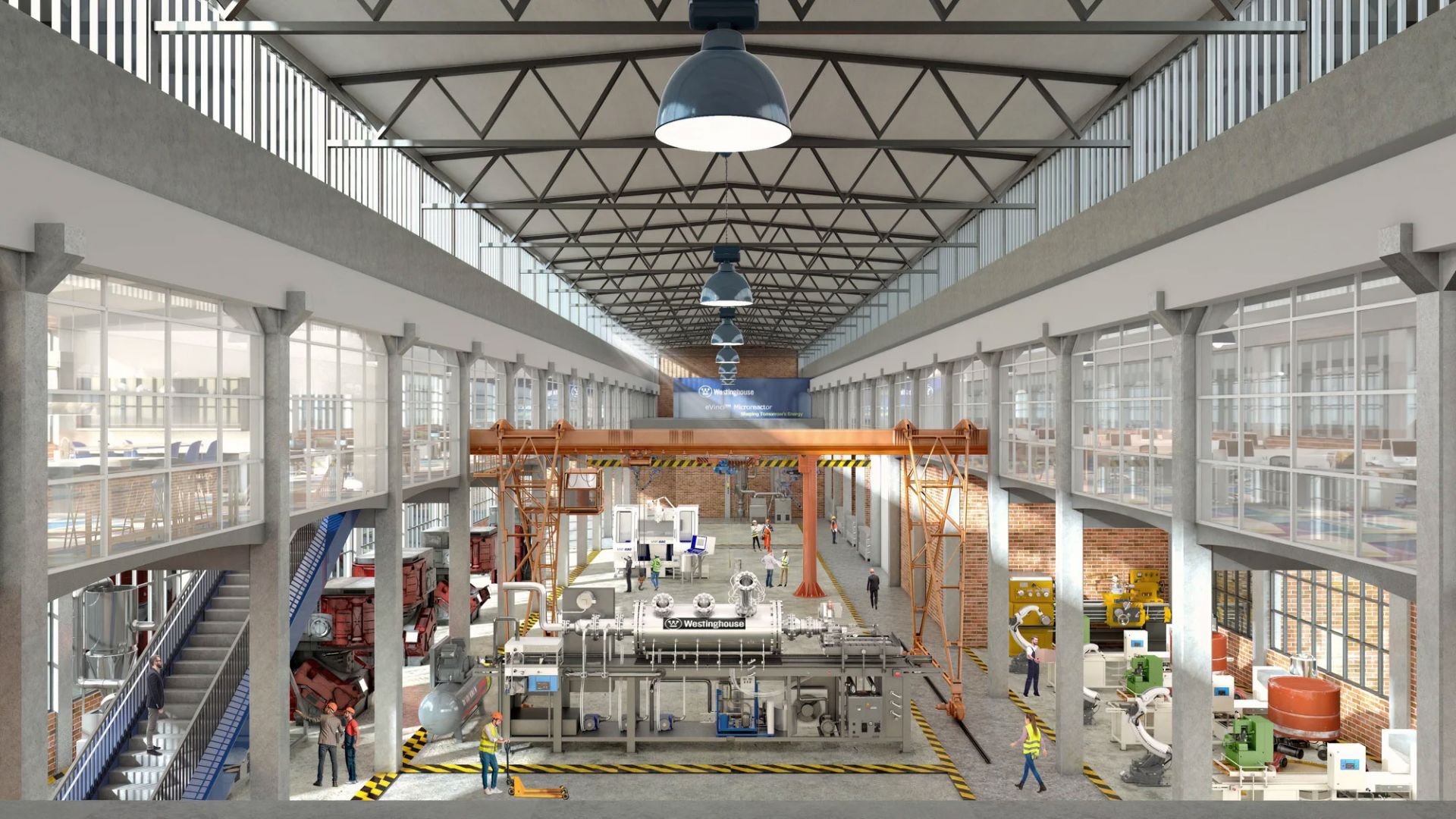.jpg)
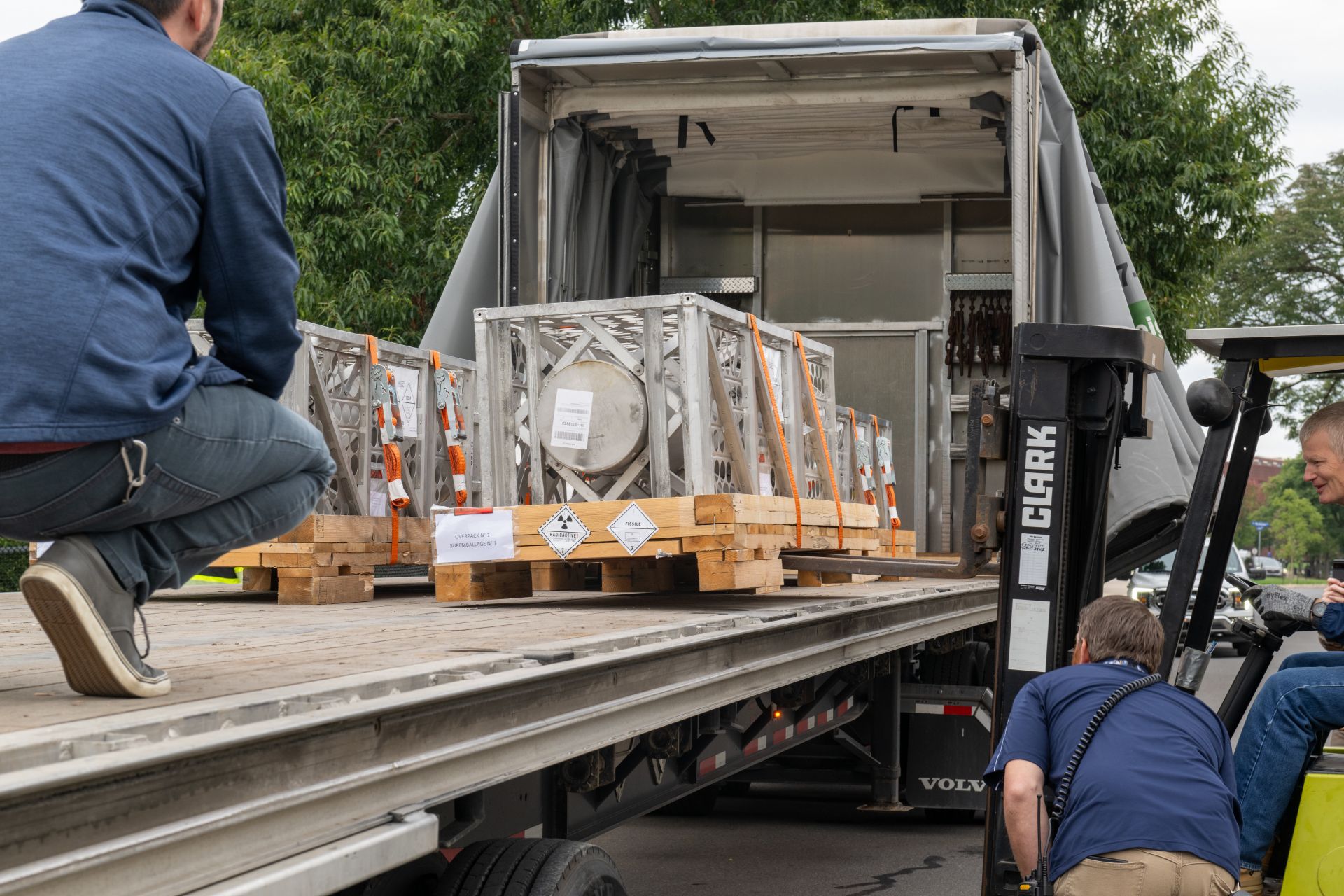
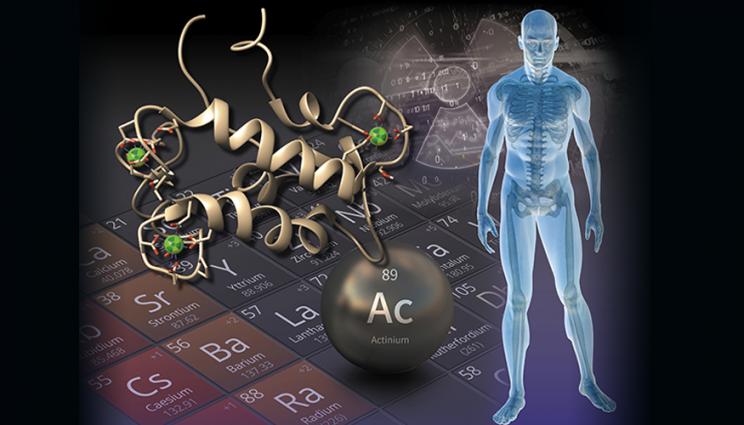
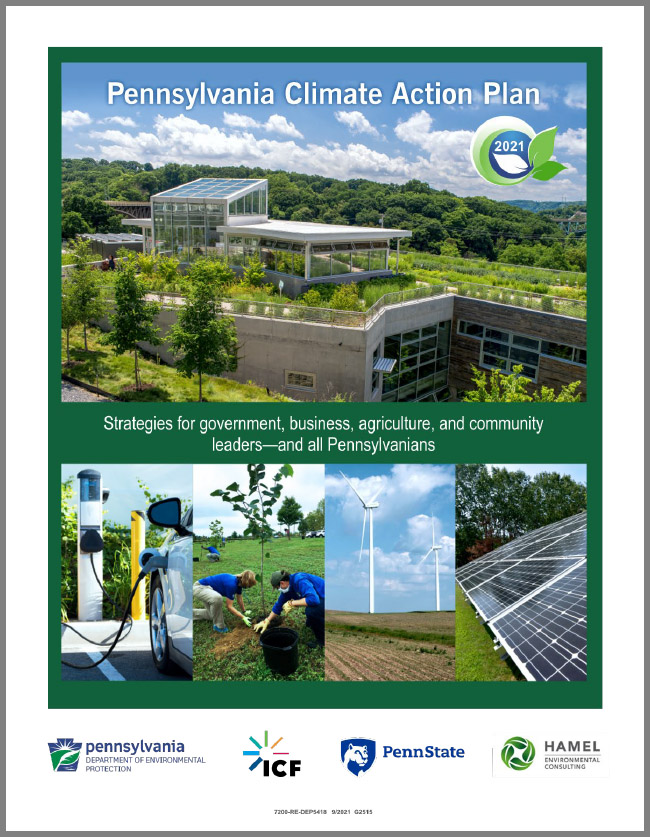 The 2021
The 2021 